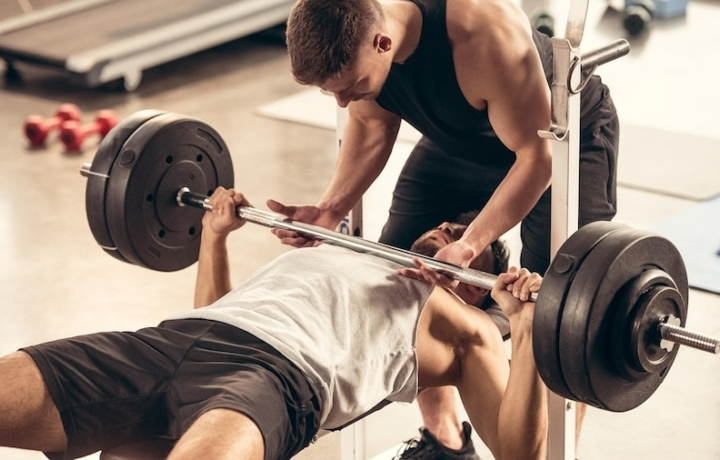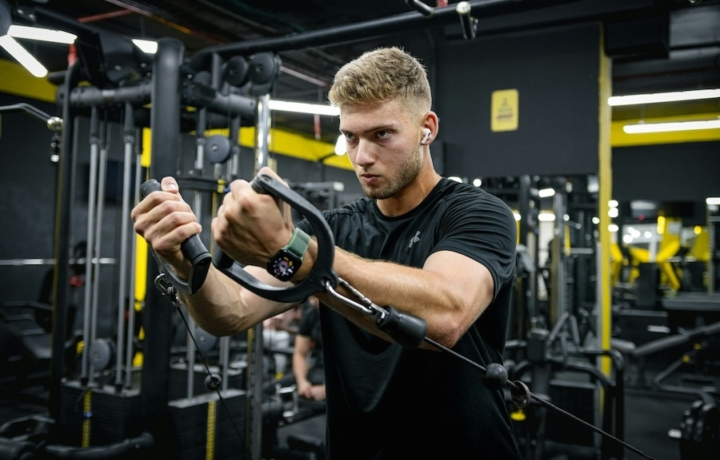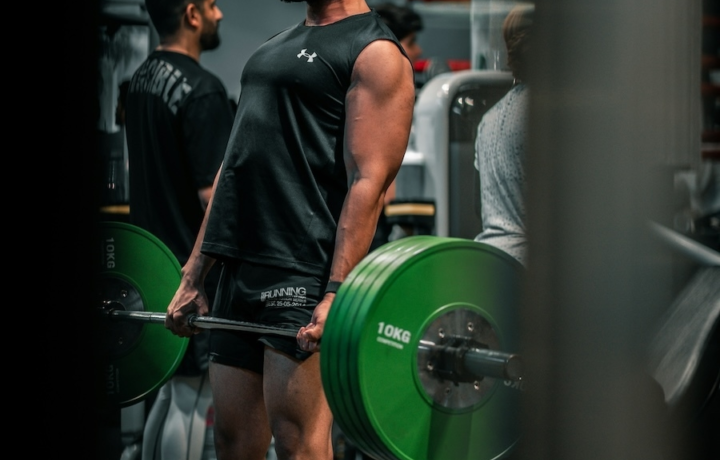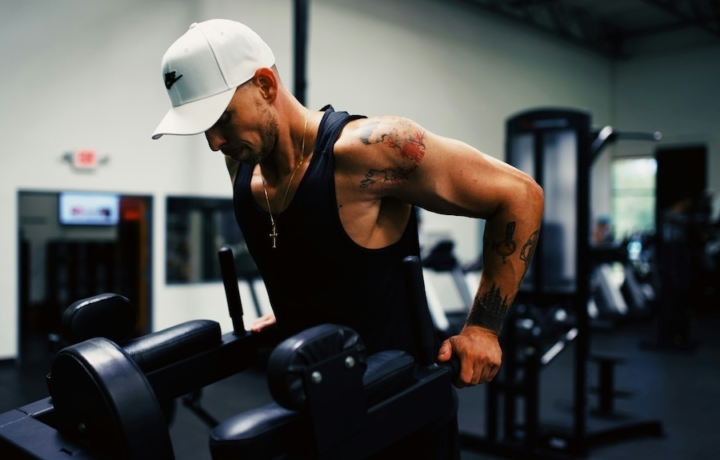Exercise
Dumbbell Chest Press

Dumbbell Chest Press
Calculate your one rep max
How to Perform
- Set up by lying flat on a bench with feet firmly on the ground and your back maintaining natural contact points with the bench surface.
- Hold a dumbbell in each hand at chest level with palms facing forward and elbows bent at approximately 90 degrees.
- Brace your core and slightly retract your shoulder blades to stabilize your upper body against the bench.
- Inhale deeply as you prepare for the movement, maintaining tension throughout your chest and shoulders.
- Press the dumbbells upward in a controlled motion until your arms are fully extended directly above your shoulders, exhaling during the push.
- Keep your wrists straight and aligned with your forearms throughout the entire movement, avoiding any bending or twisting.
- Lower the weights slowly back to the starting position while inhaling, allowing your elbows to bend to approximately 90 degrees.
- Maintain control of the dumbbells at the bottom position, ensuring they don't drop below chest level before beginning the next repetition.
Important information
- Keep your feet flat on the floor throughout the exercise to maintain stability and proper back positioning.
- Avoid arching your lower back excessively or lifting your head off the bench during the pressing motion.
- Select an appropriate weight that allows you to maintain proper form for all repetitions while still challenging your muscles.
- If you experience shoulder pain, try adjusting to a neutral grip (palms facing each other) or consult with a fitness professional.
1 Rep Max Calculator
Estimate your one-rep max for Dumbbell Chest Press

Dumbbell Chest Press
Calculate your one rep max
Exercise Details
Primary Muscles
Muscle Groups
Mechanic
Risk Areas
1 Rep Max Calculator
Estimate your one-rep max for Dumbbell Chest Press
Built for progress
Take the guesswork out of training
Create personalized AI-powered workout plans that evolve with you. Train smarter, track every rep and keep moving forward, one workout at a time.






The Dumbbell Chest Press stands as a cornerstone movement in any serious strength training regimen, offering remarkable versatility for intermediate lifters looking to develop their upper body. This fundamental exercise primarily targets the pectoral muscles while engaging the triceps and anterior deltoids as crucial secondary movers, creating a comprehensive push pattern that builds balanced strength across the chest and shoulders. Unlike its barbell counterpart, the dumbbell variation introduces an element of stabilization that challenges your muscles in new ways. Each arm works independently, preventing your dominant side from compensating for weaknesses and promoting symmetrical development across your chest. This independent movement pattern also allows for a greater range of motion, enabling deeper stretches at the bottom position and more complete contractions at the top. For bodybuilders, the Dumbbell Chest Press serves as an exceptional hypertrophy tool, effectively isolating the pectoral muscles through various angles by simply adjusting bench positions.
The exercise creates significant time under tension, particularly at the stretched position where muscle damage: a key driver of growth, occurs most intensively. The natural arc of the dumbbells also follows the fibers of your pecs more naturally than a straight bar path. Powerlifters incorporate this movement as an accessory to enhance bench press performance. The independent arm action helps identify and correct imbalances that might limit progress on maximal lifts.
Additionally, the increased stabilization demands strengthen the smaller supporting muscles that contribute to overall pressing power. From a strength perspective, the Dumbbell Chest Press excels at building functional pushing power that transfers to athletic performance and daily activities. Progressive overload is straightforward: as you master form with lighter weights, gradually increasing the load creates the necessary stimulus for continued strength adaptations. This exercise responds particularly well to various rep ranges, from heavy sets of 4-6 for pure strength to moderate sets of 8-12 for a blend of strength and muscle development.
FAQ - Dumbbell Chest Press
The dumbbell chest press primarily targets the pectoral (chest) muscles, while also engaging the triceps and front deltoids as secondary movers. The independent movement of each dumbbell also activates more stabilizing muscles throughout your shoulders and core than a barbell press would.
Neither is universally "better" - they serve different purposes. The dumbbell chest press allows for greater range of motion, promotes balanced development by preventing your dominant side from compensating, and places less stress on shoulder joints. Barbell bench press typically enables heavier total loads for maximum strength development.
Keep your elbows at a 45-60 degree angle from your torso rather than flaring them out to 90 degrees. Maintain a slight arch in your lower back, retract your shoulder blades, and avoid lowering the weights too deeply if you feel shoulder discomfort. Consider using a neutral grip (palms facing each other) if traditional grip causes pain.
For optimal results, train chest 1-2 times weekly with at least 48 hours between sessions for recovery. As a primary movement, the dumbbell chest press can be programmed in the 4-6 rep range for strength, 8-12 for hypertrophy, or 12-15 for endurance, depending on your specific goals.
The most common mistakes include arching the back excessively, bouncing the weights off the chest, using momentum rather than muscle control, inconsistent range of motion between arms, and lifting the head off the bench during the press. Focus on controlled movements with a full range of motion while maintaining proper back position.













